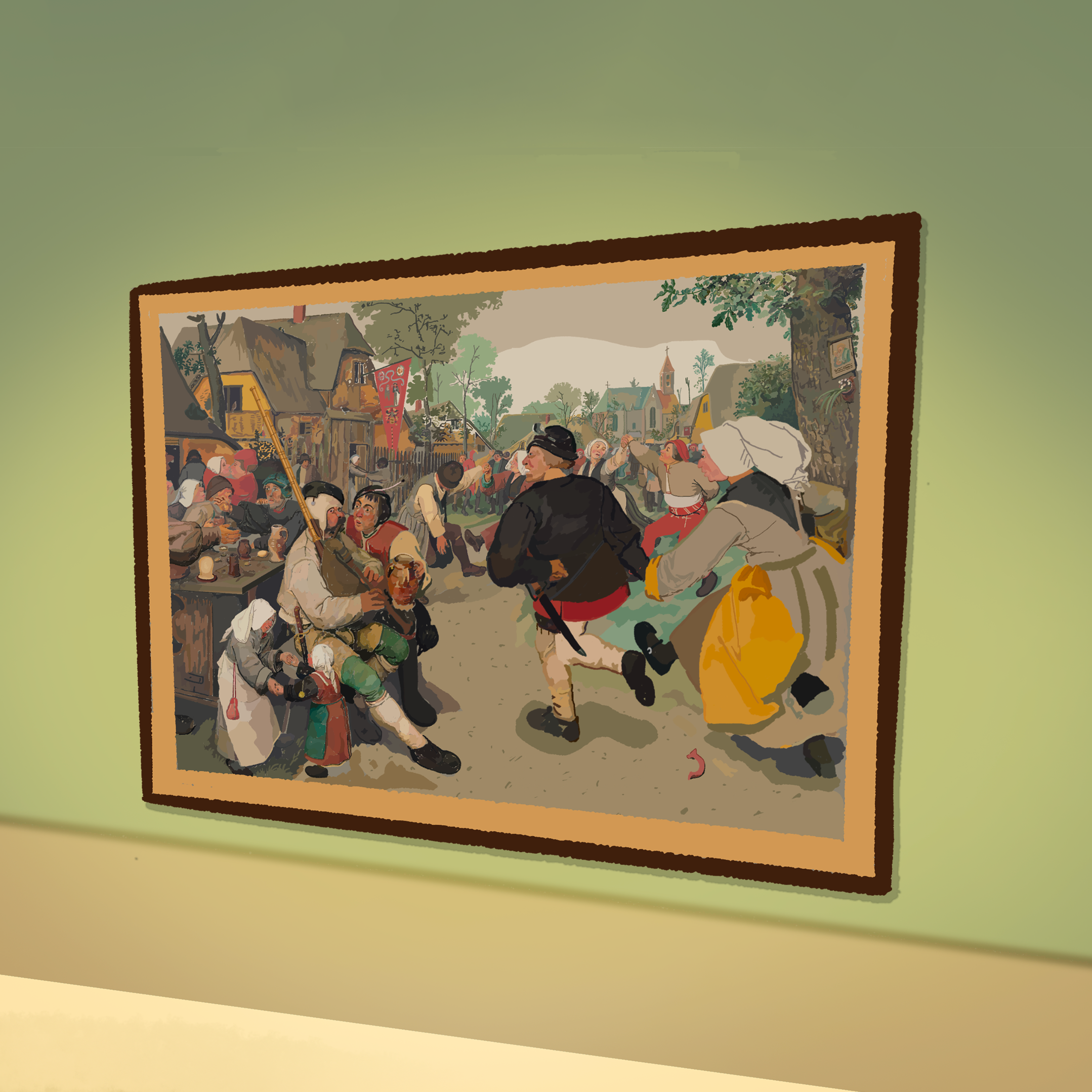
Sometimes, we know a great deal about the meaning and inspiration behind a work of art. In many cases, the artist has left information about their art in an artist's statement. Sometimes though, it is up to the viewer to construct their own meaning of a work of art, regardless of what information about... Read more »
Ekphrastic Poetry

In this lesson, students explore the essential questions "Who am I?" and "What makes me me?" through multimodal narrative writing. For this creative composition, students engage in preliminary reflective writing and in an up-close look at their thumbprints. Throughout this creative writing process,... Read more »
Thumbprint Autobiography

A letter of introduction can serve as a personal statement and paint a picture of who someone is as a unique individual. In this lesson, students will learn how audience and purpose can impact their writing. Students will apply their new understanding to compose a formal letter of introduction then... Read more »
Writing a Letter of Introduction

A necessary skill for most 21st-century digital citizens is professional email communication. A cordial, professional email is not only a sign of respectful communication, but also clearly relays an intention or request that honors the recipient’s time and encourages a desired action, response, or feeling.... Read more »
Writing a Professional Email

This lesson builds on the K20 LEARN lesson Sweet and Savory Writing by adding a creative twist. Students will apply knowledge of the five senses to enhance descriptive writing. Students review the five senses, utilize that practice to rewrite existing text passages, then create a sensory-rich version... Read more »
Descriptive Writing

It has been said that poetry is a place to break all the rules. In this lesson, students will work with rules of grammar to learn how to integrate more structure and variety in verse to (not quite) break the rules of poetry. Using Shel Silverstein's poetry, students will analyze pieces for elements... Read more »
Poetry and Grammar

The use of informal language and phrases in our writing and speaking is part of our culture. Idioms, slang, understatements, and hyperboles help characterize language by region, time period, and groups of people. Language, though, often benefits from precision, and appropriate word choice helps articulate... Read more »
Word Choice

Colloquial language is informal and consists of words or phrases known primarily to native speakers of a language. In this lesson, students will examine not only how familiar they are with English colloquialisms, but also how often these colloquialisms are used in our speaking and writing, and the effect... Read more »
Colloquial Language

Using Wendy Ewald's book of children's photography and poetry as a mentor text, students will compose descriptive poems based on photographs that they take of their favorite personal feature. Read more »
Photography and Descriptive Poetry

There is a quote that says, “Dialogue is easy. It’s what you’ve been doing almost every day, most of your life” (Josip Novakovich). Sure, dialogue seems simple; it’s having a conversation. But what about writing dialogue? To write conversations between characters, or even for a character with themselves,... Read more »
Writing Dialogue